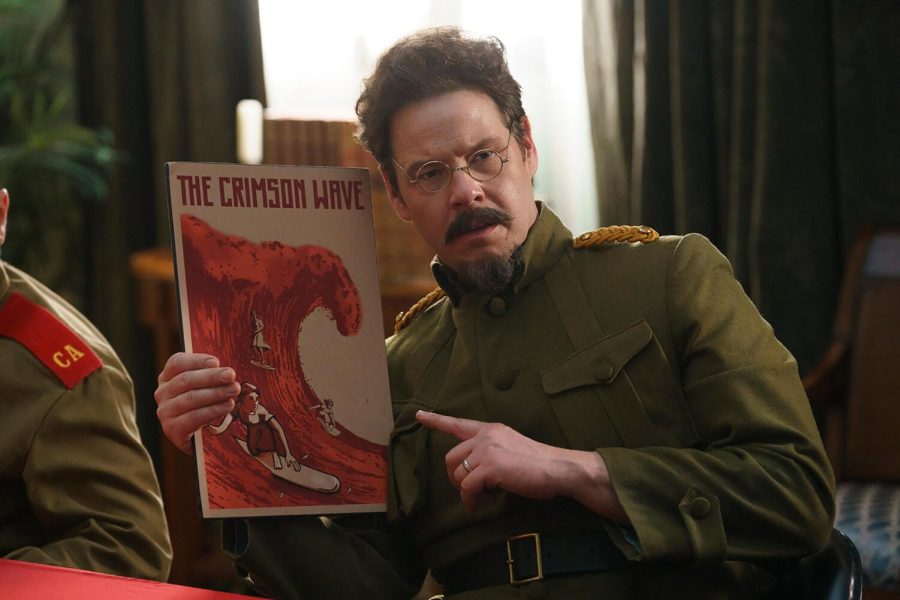What does it look like when everything that can possibly go wrong, does? Hulu’s new comedy series, “History of the World, Part II,” offers some potential answers.
The series, named after and supposedly sequel to Mel Brooks’ 1981 film, “History of the World, Part I,” shares almost nothing with it. The film is a parody depiction of various historical events, starting with the Stone Age and ending with the French Revolution. With its absurdist story, caustic humor, and ensemble cast, it stands among other Brooks classics like “Spaceballs” and “Blazing Saddles.”
On the surface, “Part II” seems to be of a similar style to “Part I.” The stories are ridiculous, the comedy is sharp, and the cast features a seemingly endless list of famed actors and comedians. Among these is Nick Kroll, who plays major roles in almost every story, as Mel Brooks did in the original film. On top of this, the reprisal of John Morris’ iconic score and the use of white-on-black text transitions between scenes seems to pay homage to the original. However, the similarities stop there.
The series consists of eight episodes, all between 20 and 30 minutes in length, and all of them contain several unrelated vignettes within them. Some of these vignettes are one-offs, while others are continuing stories throughout the series. This unusual structure is by far the most pervasive (albeit not the worst) problem in the show. Where “Part I” was a feature length movie with a clear and simple structure in which each story chronologically followed the previous one, “Part II” jumps all over the place from start to finish, never allowing the audience to properly invest themselves in any of the stories.
It’s often said that comedy is all about timing, so one of the most important things in a comedy film or series is to allow jokes to develop naturally — a good payoff typically requires an equally good setup. With the way that this show is structured, establishing a good setup is next to impossible.
Though the comedy in this series suffers immensely from its chaotic structure, the comedy itself leaves a great deal to be desired. Most of the humor is based on simple shock value which loses its potency with remarkable speed. The fourth wall is broken so many times throughout the show that it may as well have ceased to exist by the end. Countless jokes – and even some entire segments – rely upon references to social media and current memes. It has been 42 years since the release of “History of the World, Part I,” but it remains timeless because its jokes do not rely on cheap crutches and embrace rather than step around the movie’s historical setting. “Part II,” on the other hand, will be woefully outdated in five years’ time, because it treats the historical setting as little more than stage dressing for a long and tiresome string of glorified TikTok videos. To be sure, the series has its standout stories and moments, but they are few and far between, and even they do not come close to deserving the legacy of the original film.
As disappointing as it is, “History of the World, Part II” failed on almost every level. All it really shares with its namesake is the name itself. There are plenty of suggestions for how the series could have been better – for example, by being a movie rather than a show, or by confining each episode to just one story – but in truth, the whole project was flawed to begin with. This show marketed itself as the long-awaited sequel to a beloved film, but “History of the World, Part I” was never meant to have a sequel. The title itself was a joke.
In the seventh episode of the series, during one of the many overdone fourth wall breaks, an unnamed side character who appears to interrupt the scene delivers perhaps the most poignant line of the whole show: “There’s no way that Mel Brooks is a part of this.” If only that were true.




